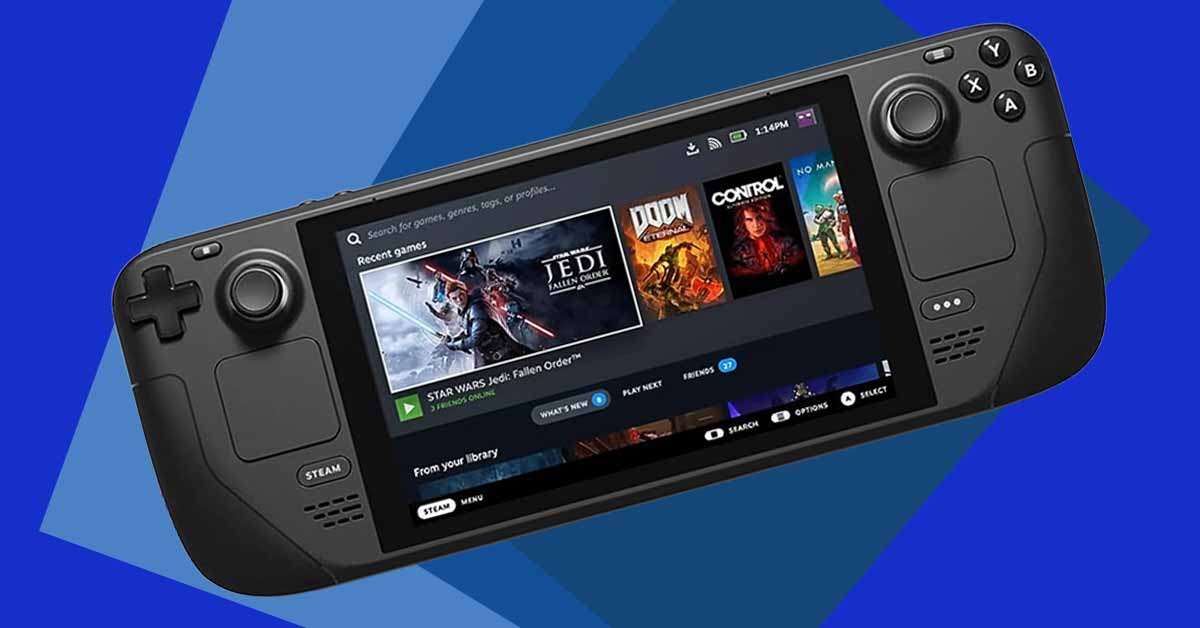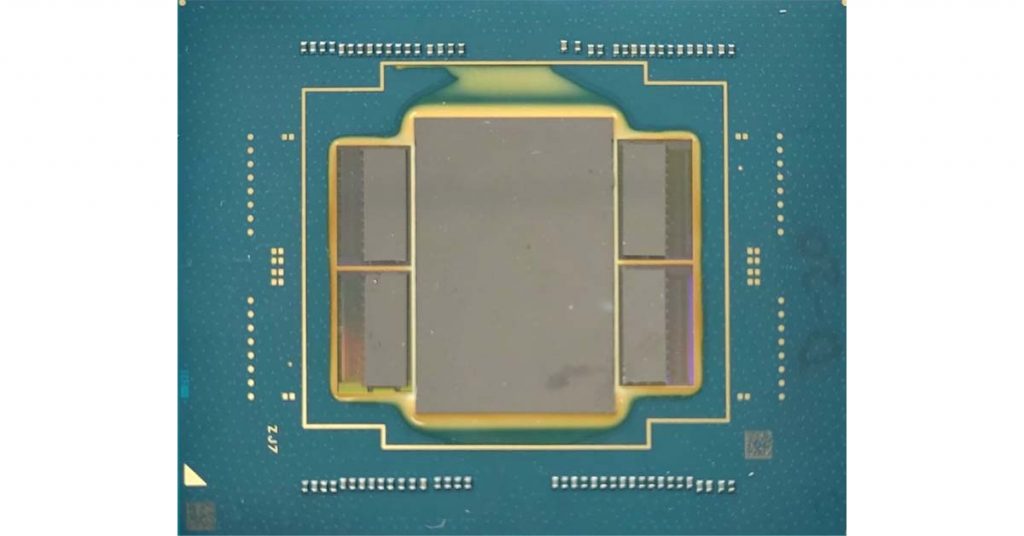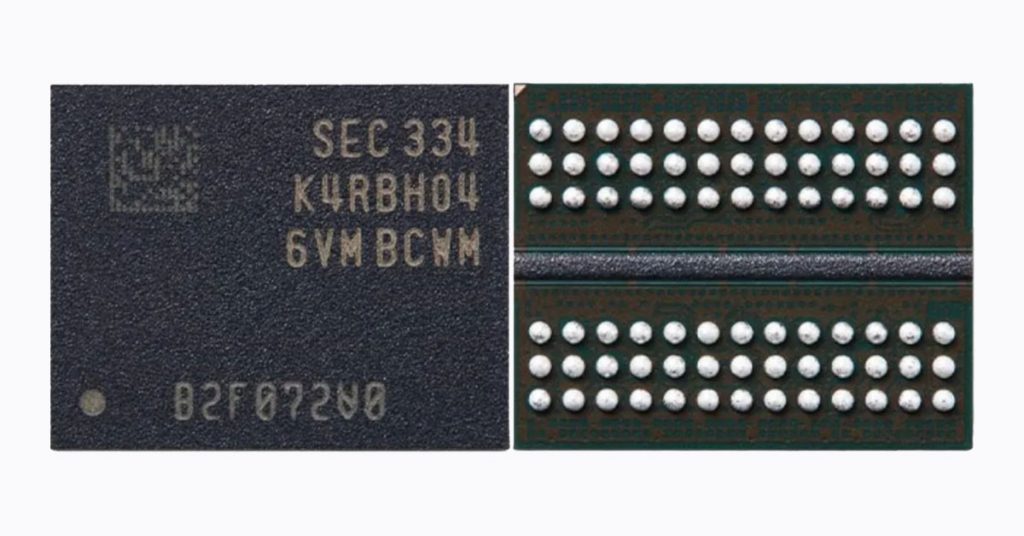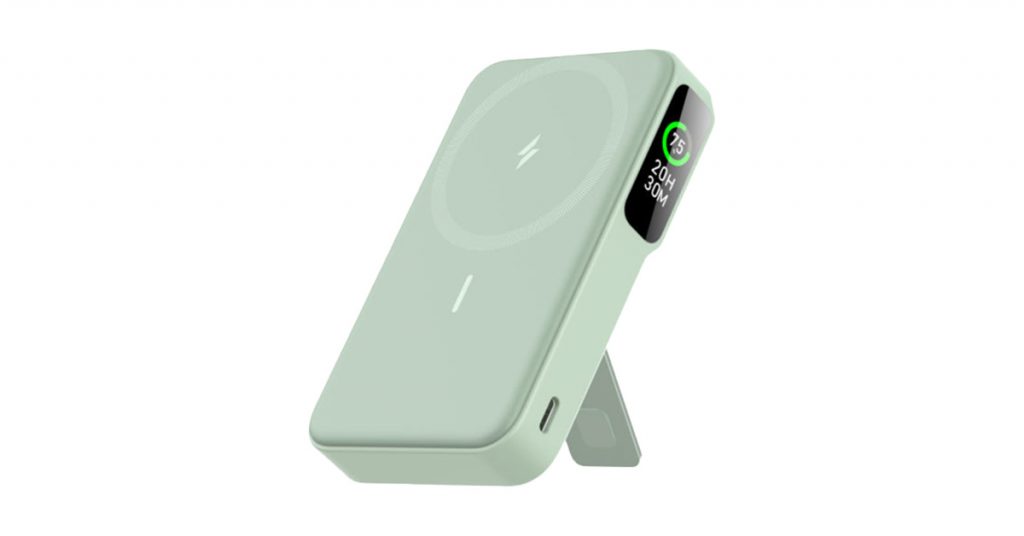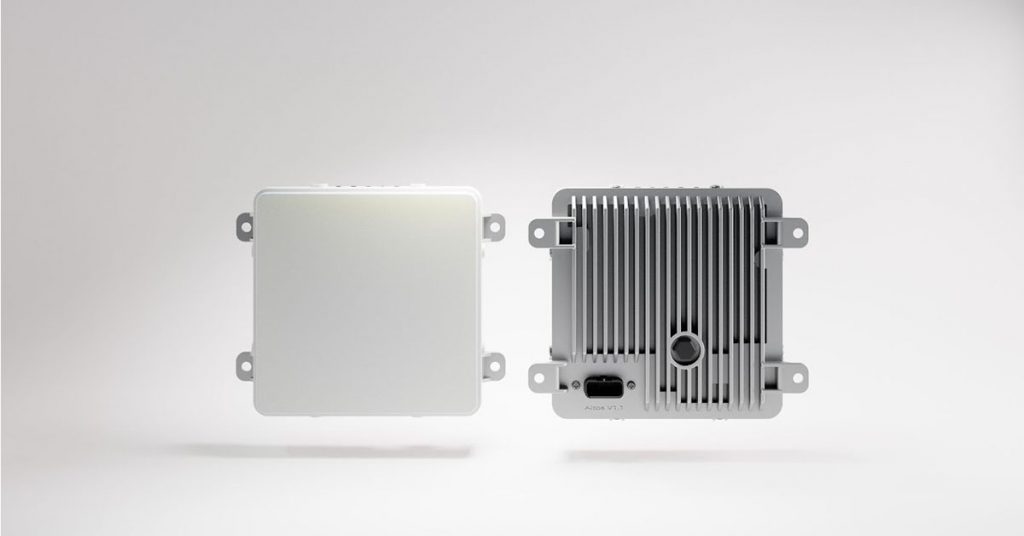The Steam Deck, a first-generation handheld gaming device from Valve, initially suffered from various issues, including an oversized bezel, an awkward and clunky design, and a button layout that wasn’t especially ergonomic. It also required significant effort to get games to run properly. However, with the steady stream of software updates and strong support from game-makers, it has become a highly desirable device. Despite its initial flaws, users have returned to the Steam Deck time and again. Initially targeted towards serious PC gamers familiar with the trial-and-error process of getting games to run on different computer hardware, the Steam Deck has improved significantly over the past year. With its SteamOS software regularly updated, numerous accessories available to fill in hardware gaps, and widespread out-of-the-box support for major game releases, the Steam Deck has become much more accessible. It has become so good that even gamers who are used to the plug-and-play ease of a Nintendo Switch can probably handle it.
Steady evolution
Since its initial launch in February of last year, the Steam Deck has undergone numerous upgrades and added functionality. These improvements include better overall performance, smarter cooling and fan speed options, increased compatibility with a vast number of Steam games, better control and sorting of your game library, numerous UI improvements, midgame suspension for quick shutdowns, big improvements to control customization, and better support for expanded microSD storage. Valve and other companies have also expanded the Steam Deck’s capabilities through accessories, such as docking stations for connecting the system to a TV or monitor, and numerous skins, cases, and kickstands. As a result, the Steam Deck now feels like a polished PC gaming tool, which is remarkable considering its starting price of $399 (£349), with two upgraded storage models available for $529 and $649. Other similar products, such as the new Razer Edge, cost around the same but offer much less.
Making the games the star
The hardware itself, while somewhat lacking in power for a budget gaming PC, isn’t the primary draw. Rather, it’s the convenience of playing PC games on a handheld device. Recently, I’ve been enjoying games like Hogwarts Legacy, which runs smoothly on the Steam Deck (and better than it ever will on the eventual Nintendo Switch version), and Marvel’s Midnight Suns, which required a few months of patching to work properly on the Steam Deck. Some games that have performed well for me include Hard West 2, Uncharted: Legacy of Thieves Collection, and Baldur’s Gate 3. Other games that are well-suited for the Steam Deck include Elden Ring, No Man’s Sky (despite a bug that caused my saved progress to be erased), Vampire Survivors, and The Witcher 3. Valve has become more adept at identifying games that are a good fit for the Steam Deck and providing this information to players, and there are also many community recommendations that go beyond the official “Steam Deck compatible” label.
More work to do
Although the Steam Deck’s hardware is slightly underpowered for a budget gaming PC, it’s still an excellent choice for PC gaming on the go. While Valve has made a lot of progress with software updates, there are still some limitations. For instance, the battery life is still an issue, with graphically demanding games only lasting for about two hours before requiring a recharge. Additionally, not all Steam games are compatible or run smoothly, which means that gamers may need to adjust graphics settings or frame rates to make new titles playable. However, the low screen resolution of 1,280×800 pixels allows for a lot of games to run well, and while playing via a TV or monitor through a dock or USB C to HDMI cable isn’t ideal, it’s still possible. On the other hand, accessing games outside of the Steam ecosystem can be tricky, and gamers will need to install Microsoft Edge via the Linux-based desktop mode to do so. Furthermore, while the Steam Deck has been successful, it’s still not perfect, with gamers hoping for design and ergonomic improvements, better components, a better screen, and improved battery life in the next version. However, a new version is likely to be at least a year away, so if you’re interested in purchasing a Steam Deck, the middle model with 256GB of storage and the option to add your own microSD card is a safe bet. Finally, the Steam Deck has rekindled many gamers’ love of PC gaming, and it’s exciting to see Valve finally have a hardware hit on their hands.

